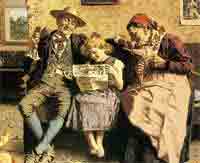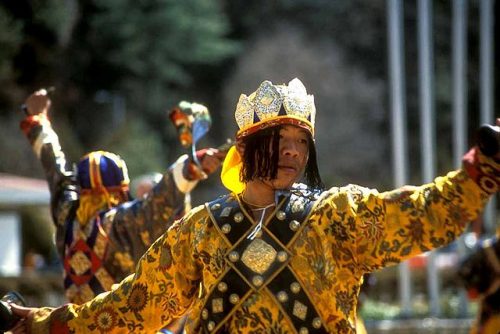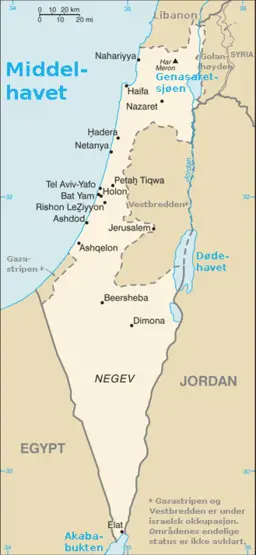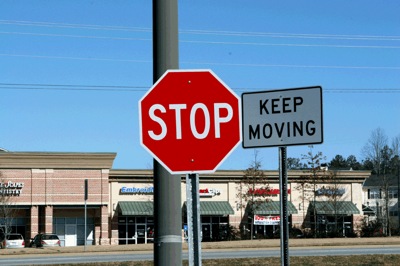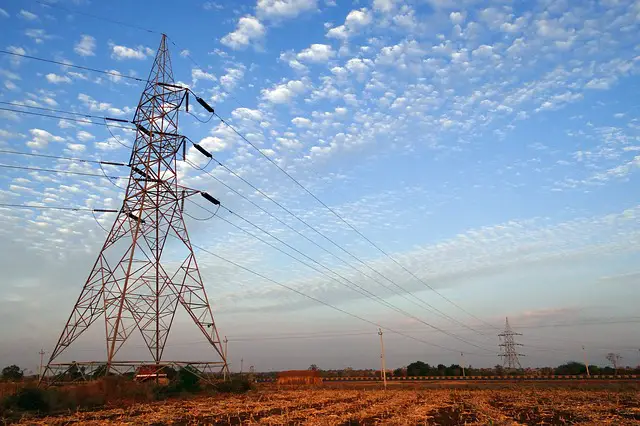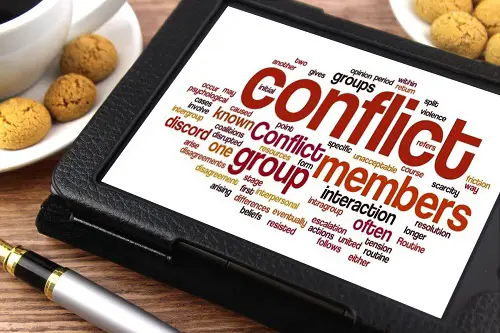
The terms conflict and climax are used to represent different types of a struggle. However, their meanings are not the same. They have differences that distinguish the terms from one another.
-
Definitions
Both terms have multiple meanings, which may serve to add to the confusion surrounding both. Regarding the term conflict, the following definitions are offered:[i]
- To come into collision or disagreement; be contradictory, at variance, or in opposition; clash
- To fight or content; do battle
- A fight, battle, or struggle, especially a prolonged struggle; strife
- Controversy; quarrel
- Discord of action, feeling, or effect; antagonism or oppositions, as of interests or principles
- A striking together; collision
- Incompatibility or interference, as of one idea, desire, event, or activity with another
- Psychiatry: a mental struggle arising from opposing demands or impulses
Regarding the term climax, the definitions are:[ii]
- The highest or most intense point in the development or resolution of something; culmination
- (in a dramatic or literary work) a decisive moment that is of maximum intensity or is a major turning point in a plot
- Rhetoric:
- A figure consisting of a series of related ideas so arranged that each surpasses the preceding in force or intensity
- The last term or member of this figure
- An orgasm
- Ecology: the stable and self-perpetuating end stage in the ecological succession or evolution of a plant and animal community
- to bring to or reach a climax
As displayed by the various definitions of the words, conflict describes a general state of disagreement or struggle, while even in the terms of a conflict, the climax would account for just one portion – the apex or height of the conflict. This is the primary difference between the meanings of the two words.
-
In literature
Conflict and climax are two terms that are used in literature as plot devices; however, they are two terms to describe different parts of the plot. A conflict in a story is usually the element that gives direction to the story, and typically is comprised of two opposing forces. Establishing a conflict, or multiple conflicts, creates interest and tension in the story. There can also be multiple types of conflict in one story. Common types of conflicts used in literature are:[iii]
- Man vs. man: Conflict of this nature involves characters having opposite desires and interests. This is common in fairy tales, myths, thrillers and mystery novels.
- Man versus nature: This type of conflict has a protagonist in conflict with an animal or force of nature (hurricane, tornado, etc.).
- Man versus society: With this type of conflict, the protagonist will stand against the whole of society and is in disagreement with social norms/
- Man versus self: This types of conflict stems from the main character’s inner struggle. There is usually a theme of selecting between two options, such as good and evil or logic and emotion. This type deals can commonly deal with overcoming feelings of self-doubt.
As opposed to the term conflict, when the word climax is used in literature, it commonly indicates the turning point of a story. It is the emotional or tensile high point, which plays a very important role in the greater conflict as it is necessary in order to achieve resolution of the conflict. The climax determines where the story is headed after being preceded by rising action within the greater conflict.[iv]
-
Spectrum of application
There is no denying that the spectrum of struggles that conflict can be used to describe is much wider than the single moment of climax within any struggle. Given this, there has been more elements of conflict that have been studied and labeled. Some believe that there are 3 types of conflict. The first, relationship, is rooted in interpersonal incompatibilities. Task conflict arises when there are disagreements in the viewpoints or opinions about a task. Finally, a process conflict refers to an approach to a task, its methods, and its group process.[v]
Two other researchers, Roy and Judy Eidelson, have attempted to identify the beliefs that may play a role in conflict between groups. Five of the most prominent belief domains are:[vi]
- Superiority: This belief revolves around an individual’s conviction that they are better than other people in important ways, or that they have a sense of specialness. The group worldview contains shared convictions of moral superiority, chosenness, entitlement and specialness. The American Psychological Association have termed the belief in the superiority of one group’s cultural heritage as ethnocentric monoculturism.
- Injustice: This is the perceived mistreatment by others or the world at large. The group worldview believes that it has significant and legitimate grievances against another group that is causing the injustice. Cross-culturally, there are different definitions for justice.
- Vulnerability: This belief focuses on a person’s conviction that they are perpetually living in harm’s way. They see themselves as subject to internal and external dangers and conditions that afford no sense of safety. The group worldview is widespread among different ethnic groups and is a common cause of conflict and violence.
- Distrust: This focuses on the perceived hostility and bad intentions of others in which there is the expectation that they will hurt, abuse, humiliate, cheat, lie, or take advantage. The group worldview has the same beliefs on a larger level.
Helplessness: This conviction believes that even with careful planning and execution, the desired outcomes will not be reached. One may feel incapable of attaining a goal, and may lose the desire to even try. The group worldview is largely dependent upon the amount of opportunities for group advancement.

